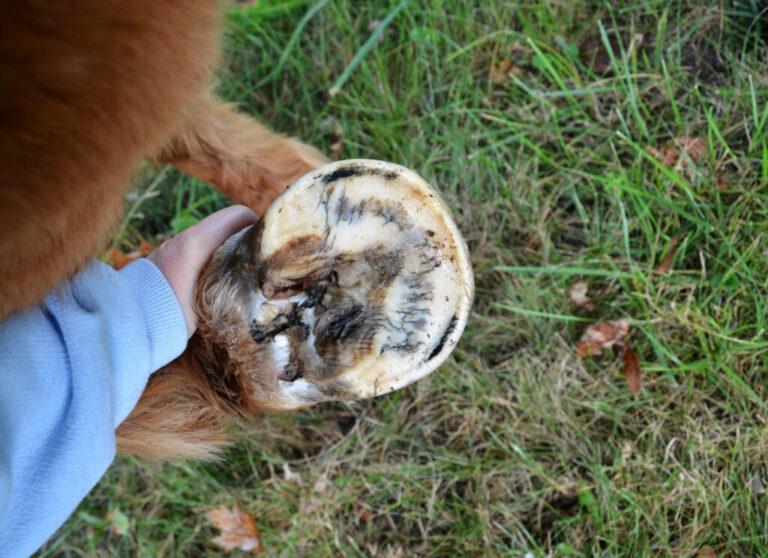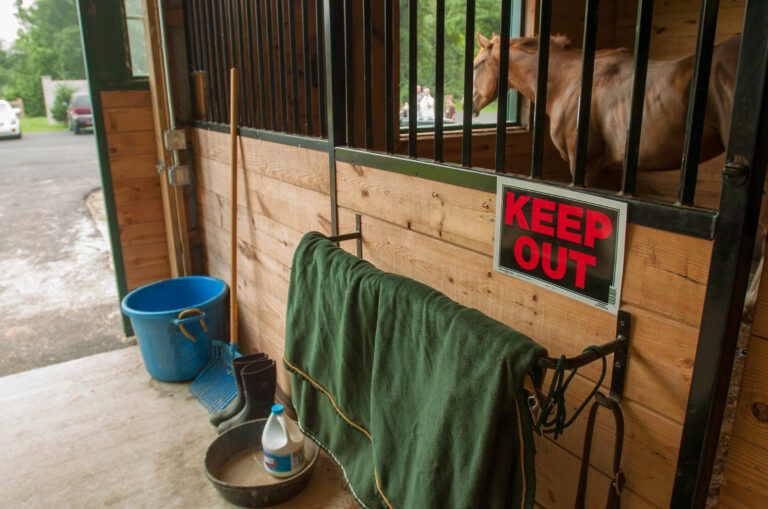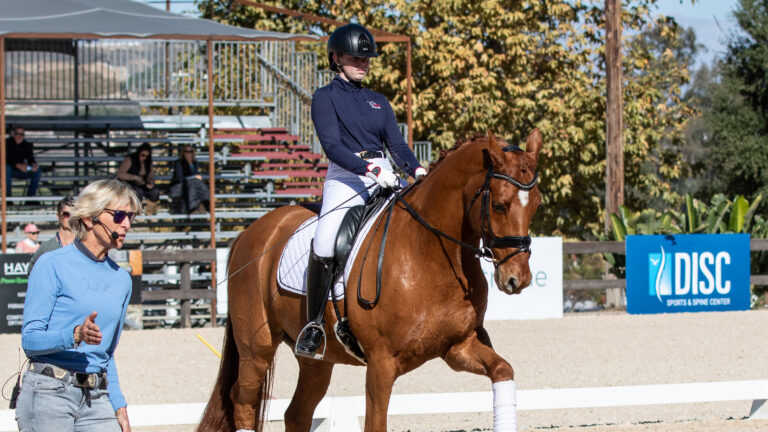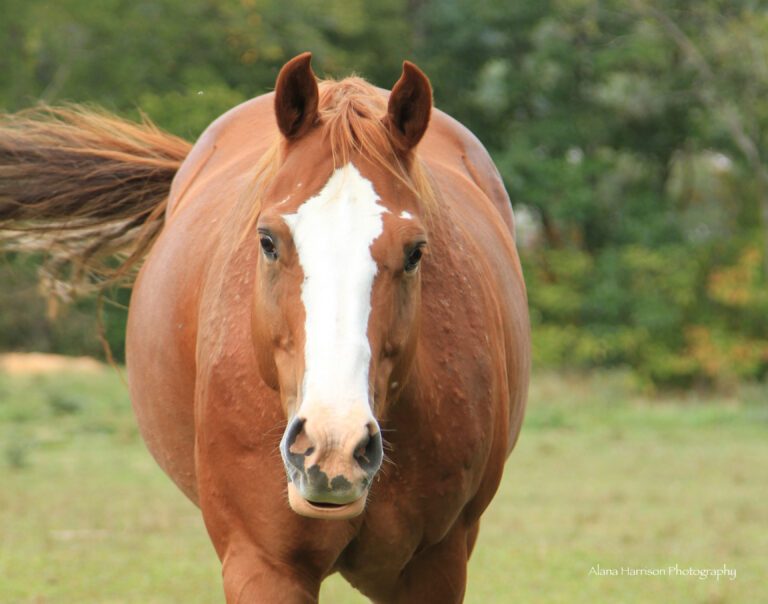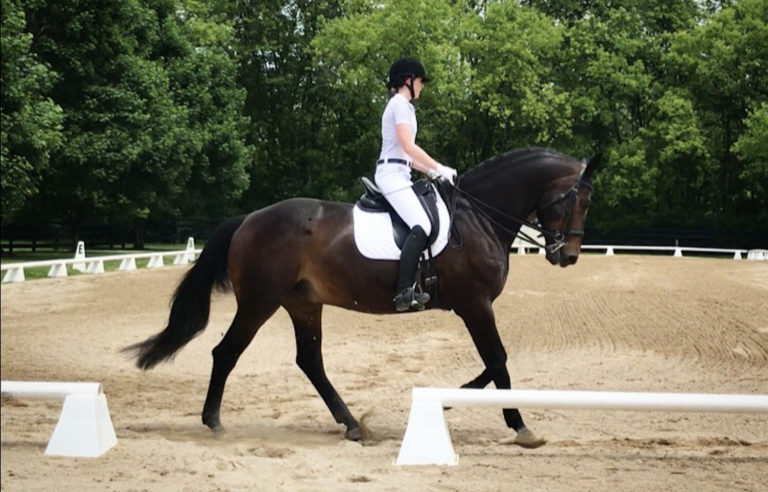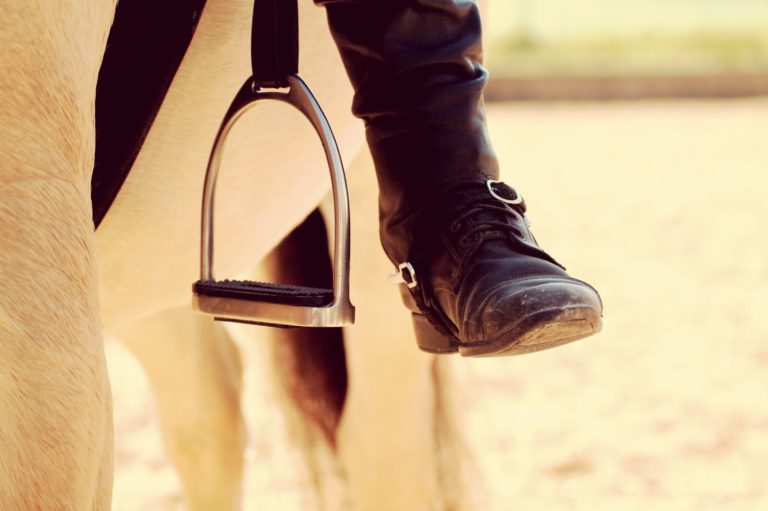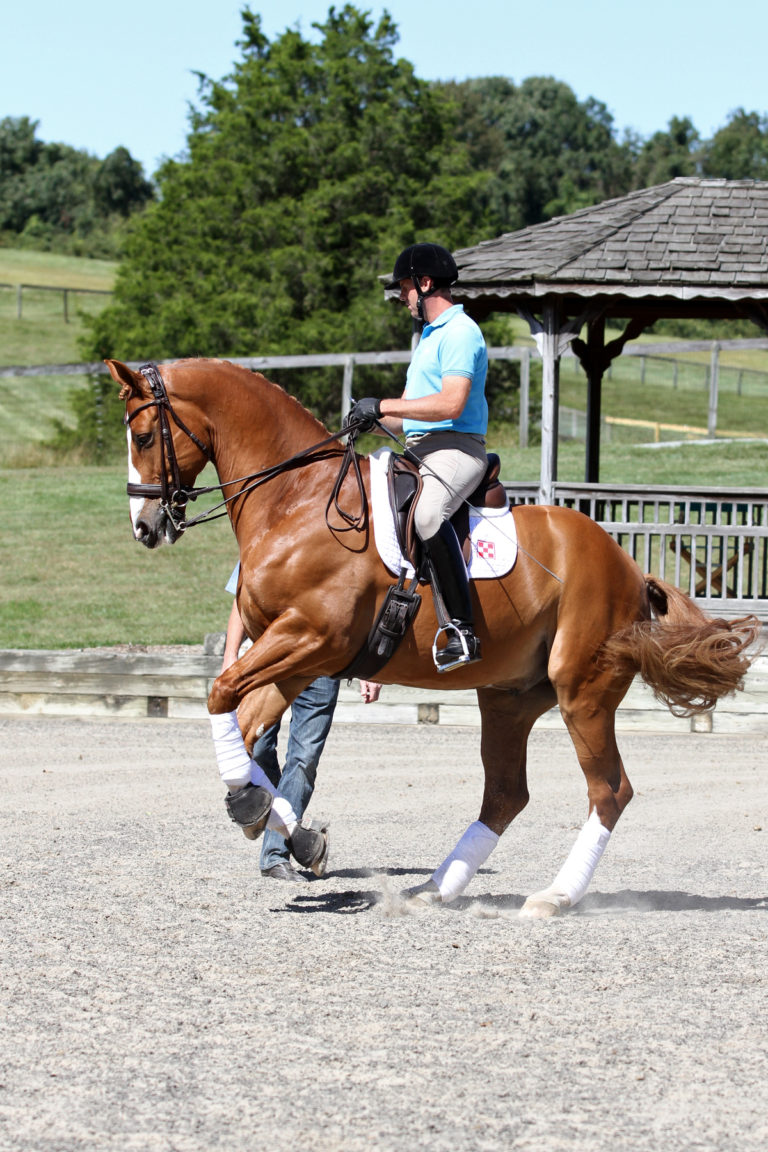Dressage should, first and foremost, be restorative and therapeutic to the horse. After purity of gait and tempo have been restored, dressage should enhance the gaits. Almost all horses have some asymmetry of gait or tempo as a product of an accident or injury or of how they have been ridden. The result is often that one side is stiffer than another or one hind leg is weaker than another. Sometimes the walk is a little lateral or the canter is nearly a four-beat canter instead of the correct three-beat canter. Some horses are slow and oversuspended and others are too quick and tense.

When I speak of purity of gait, I consider rhythm and tempo. The walk should have four beats, the trot should have two beats and the canter should have three beats. For tempo I use the following guidelines given to me by the late Swedish Olympic dressage rider Major Anders Lindgren: Ideally, the walk, canter and passage should have 90 beats per minute. The trot and piaffe should have 140 beats per minute.
Today, dressage horses are being bred for more suspension and power for upper-level work. The result is that a classical trot on the spot—a piaffe—is usually seen to be closer to a passage on the spot with tempos around 100 to 120 beats per minute. These horses are genetically suspended and scopey and sometimes activity is a challenge. The goal in such cases becomes to work on engagement and activity (not just the hind legs; this could lead to a loss of rhythm if the front end doesn’t match it; overall activity is needed), but not sacrifice rhythm.
Dressage allows us to make any horse a better athlete and more enjoyable to ride. At the highest levels, dressage should be beautiful and inspiring. Things fall apart when we get over-ambitious and try to force a horse into a frame, and train a movement either before the horse is mentally or physically prepared.
Physical issues seen in lower-level horses are often related to front-leg injuries, such as suspensory strains, deep- and superficial-flexor-tendon strains, overreach grabs leading to sore heels, etc. All of these problems are related to the horse being on the forehand and either allowed to plod around in a tempo too slow or be chased off his feet. Often the head is falsely positioned too high. This causes the nuchal ligament of the neck and the spinous ligaments of the back to go slack and not be able to support the skeleton. When this happens, the muscles take on the work for supporting the skeleton and thus can no longer work for locomotion, swing and engagement. The horse’s head and neck should be as low as will allow for the nuchal ligament and spinous ligaments to become engaged correctly. These ligaments then support the skeleton and the big muscle groups of the neck (scalenes, ventral serrated cervical, trapezius, longissimus dorsi, rhomboids), back, trunk (longissimus dorsi, abdominal obliques, deltoids) and hindquarters (gluteals, biceps femoris, quadriceps, tensor fasciae latae) are freed for locomotion. This will be evident when the muscles in the neck seem to fill from the poll to the shoulder, the back begins to swing and the step becomes bigger. Without this, it is hard to get the horse to work over the back, which allows him to move with symmetrical, pure and balanced gaits.
In order for the horse to have any hope of staying sound long enough for a successful career in dressage, we need to develop these muscle groups correctly. The correct elevation of the poll and front end is a product of transitions and increased engagement of the hind legs. The goal for the lower-level horse should be to achieve throughness, relaxation and submission (initially to the inside aids), then layer the effect of the outside aids into all this.
Upper-level horses have more soundness problems in their hind legs, lumbar and sacroiliac area and neck. Horses are often collected before they are strong enough for it or they are asked to stay in a collected frame for longer than their muscles can support. When the muscles start to fatigue, the horse starts to move “ligamentously.” This can be confused with looseness because the horse does indeed seem looser, but it is because the rider has lost the support of the muscles. This kind of situation allows tendon and ligament injuries to occur.
The degree of collection a horse can tolerate depends on his fitness, level of training and factors such as footing, weather, etc. Interval training is a wonderful approach for developing strength and fitness while minimizing risk of injury from overexertion and muscle fatigue. Multiple short breaks of walking allow muscles to recover, so training can be resumed while minimizing the potential for overtired muscles. Stifle issues arise because the pelvis is not tied into the back with the correct ligament support of the spine and the muscles supporting the stifles can’t function correctly.
Sources of gait abnormalities can include rollkur, fatigue, lack of fitness, old injuries or chiropractic issues. Whatever the source, dressage done well addresses gait abnormalities by systematically achieving gait purity and balance. This often means that the rider has to diminish the gaits enough so that the weakest link can stay caught up, then slowly build strength in a way that allows that weak link to strengthen and ultimately not be a limitation to the purity and progress of the horse’s gait and training.
An example might be when one hind leg clearly steps shorter than the other and is limited in range of motion. You would shorten the stride of the horse until the scope of the steps match and then carefully increase the step with forward and back transitions and lateral work to gradually increase strength and return the weaker limb to a more normal range of motion. Once the gaits are pure, the rider can work to focus on the other pieces of the training scale.
Over the last 30 years I have used dressage as physical therapy for horses. I know hundreds of horses who have been in trailer accidents, have suffered general unintentional mishaps or who have needed to have their muscles redeveloped because of previous training issues. If a horse is actually lame in a medical sense, then that needs to be addressed and resolved first and foremost.
When the horse reaches the point when he is sound, the physical therapy begins. The program should allow the horse to build strength, maintain purity of gait, maintain some relaxation and build fitness as he becomes more educated. I recommend long warm-ups (starting with at least 15 to 20 minutes of walking) and interval training, which allows for lots of short walk breaks on a long rein.
Lateral work can be added in as training allows and can address specific limitations. An example would be the use of shoulder-in and haunches-in to help increase range of motion in the abduction and adduction of the limbs, or the ability to step away from or under the body.
Dressage should be ridden in a way that increases the horse’s quality of life and longevity. It is an invaluable tool for helping horses achieve and maintain soundness well into old age.
This article first appeared in the June 2017 issue of Dressage Today.
Tina Steward, DVM, MS, holds a bachelor’s degree in zoology, a master’s degree in nutrition and completed her DVM as a Regents Scholar at the University of California, Davis. She has trained several horses to competitive Grand Prix level. In 2012, she had seven students receive their USDF silver medals, one received her USDF gold medal and one placed second in the Brentina Cup. Based in Eugene, Oregon, Steward specializes in chiropractics and lameness issues and teaches dressage. (TinaStewarddvm.com).


